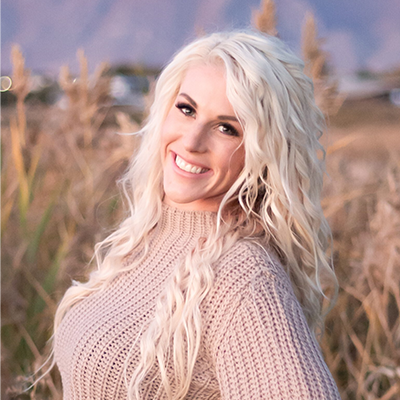With the calving season just underway for most western ranchers, it may seem premature to be thinking about bull sales for this upcoming breeding season. However, choosing a bull, or more likely several bulls, for your operation could arguably be one of the most important decisions you’ll make this year. It is one of the key ways to make genetic improvements to your herd. With that in mind, Redd Summit has compiled our 5 most important tips for choosing the right bull(s) to meet your goals.
1. Identify Your Operation’s Breeding Goals
The first step of determining which bull or bulls are right for your operation is identifying your long and short-term goals for your herd. Consider your costs and your retention plan for the incoming calf crop, as well as the needs and timeframe of your buyer. Are you retaining heifers for your breeding herd? Choosing high-growth bulls will inevitably lead to larger-frame cows which means higher input costs. Or, are you selling pounds? Using a high-growth bull, or a terminal sire of another breed is great if your goal is pounds of calf weaned. However, if you need replacement heifers and pounds weaned, look for a bull whose EPDs are in the middle and can support both goals.
2. Start with Conformation, Then Evaluate EPDs
Once you identify your goals, you can start evaluating bulls for your desired traits. But keep in mind that it's best to start with conformation before evaluating EPDs. The bull, or bulls, you choose must be structurally sound above all else. They need to have sound feet, good pasterns, healthy joints and be able to move freely and easily. This is one of the reasons it's best to have a breeding soundness exam (BSE) completed by a veterinarian (prior to purchase if possible). Though that’s not to say that conformation is inherently more important than EPDs, it's just that traits backed by great EPDs won’t be transferable to your herd if the bull is not sound enough to get your cows bred in the first place.
EPDs, as we know, place a value on traits that a bull can actually pass on to its offspring. But the way that you prioritize each EPD value is entirely dependent on the needs and goals of your operation. For instance, producers that are selling this calf crop will tend to focus most heavily on birth weight, weaning weight, yearling weight, and calving ease. Producers that are retaining heifers, on the other hand, will also be focusing EPDs related to reproduction, such as heifer pregnancy, stayability, scrotal circumference, and milk production.
Regardless of how you prioritize a bull’s EPDs, the overarching goal is to produce high-quality cattle (of any breed). We want them to consume no more feed than low-quality cattle, but be more efficient at converting that feed into muscle. Be wary of placing too much weight on one specific EPD, rather than trying to find a balance; it could cause you to miss out on a bull with stellar EPDs for a discounted rate.
As a final note, we’d be remiss if we left artificial insemination (AI) out of the conversation on transferable traits. While the decision of whether or not to use AI for breeding on your operation is dependent on your management, facility, and labor situation, it is worth noting that AI increases your chances of promoting transferable traits, as these bulls have produced a larger number of progeny, and therefore have more accurate performance records.
3. Identify Your Needed “Bull Power”
Many operations need more than one bull to accomplish their breeding goals. The amount of “bull power” you need is primarily dependent on your herd size, the acreage that they’ll be running on, as well as the bull’s age, condition, and libido.
For reference, a yearling bull shouldn’t be expected to breed more than 20-25 cows in a season, while a mature bull could push numbers as high as 24-40 cows with lower feed requirements. However, these numbers will vary with consideration of the bull’s libido, condition, and distance he needs to cover to breed cows. Bulls in poor condition or with lower libidos will have a difficult time covering your ground and maintaining their stamina to make it through the season.
4. Decide on Your Bull Budget Before Bull Sales
Realistically, your bull budget is identified before you begin scouring the markets. However, there’s no standard formula to determine how much any given bull should be worth. A general rule of thumb is that a bull should cost the price of 5 of its feeder calves.
The main thing to keep in mind is that the goal is to move your herd forward with a bull that fits your budget; they don’t have to do it all, but they should keep you progressing.
5. Choose a reputable breeder
How you go about purchasing your bull(s) for your operation is purely situational. You could go through a ranch bull sale, a private treaty sale, or even a local auction. Regardless of the sale type, it's best to ensure that your bull is coming from a reputable breeder, if possible. Ideally, you’d know the bull was raised under good management practices and that the breeder has kept thorough and complete performance records.
As breeding season approaches, this is a great opportunity to evaluate the goals of your operation and devise a plan to accomplish them. For more information on livestock production, risk management, market reports, and agricultural insurance products, visit the Redd Summit blog, and subscribe to stay up to date on new material.


.jpeg)
.jpg)
%20(1).jpg)
.webp)




